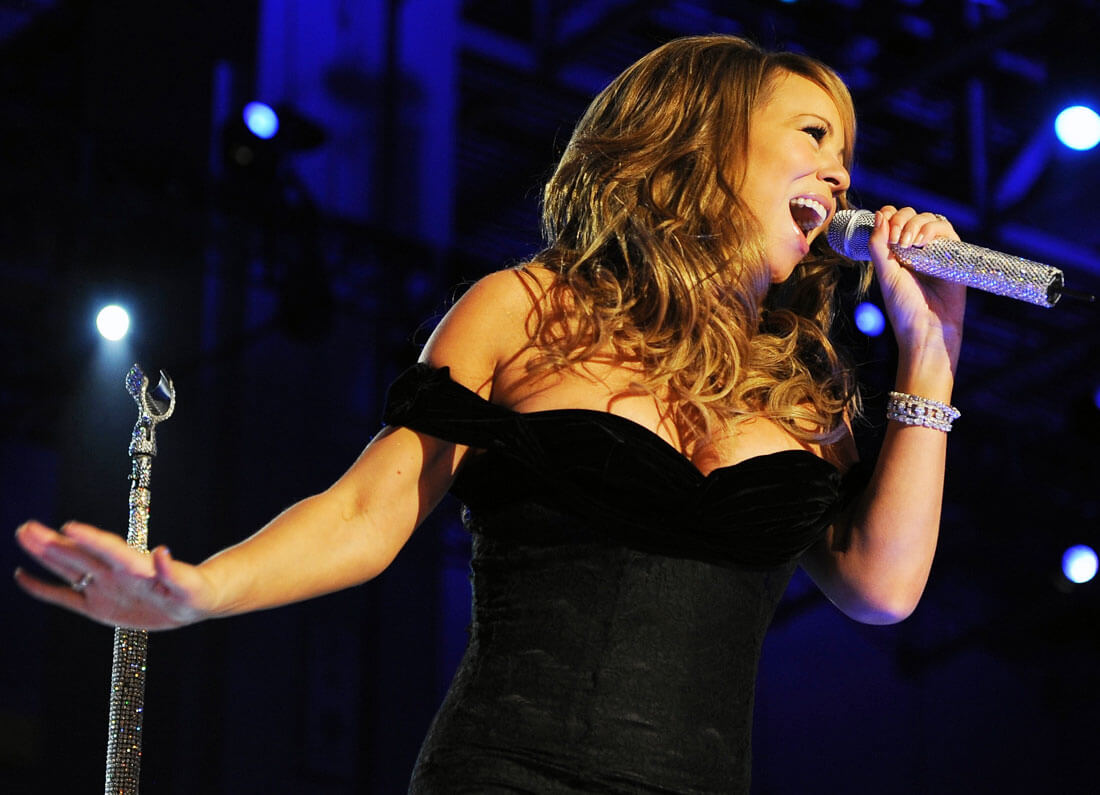In recent years, the gaming industry has evolved into a uu88 diverse and expansive ecosystem that caters to a broad range of audiences. On one end of the spectrum, we have casual mobile games—simple, accessible, and often played in short bursts. On the other end lies the highly competitive world of eSports, where professional players and teams train rigorously to compete at international levels for millions of dollars in prize money.
Despite their differences, both casual games and eSports represent the same core idea: the love of play. This article explores the contrast and connection between casual mobile games and competitive eSports, and how both have shaped modern gaming culture.
The Rise of Casual Mobile Games
Accessibility and Simplicity
Casual mobile games like Candy Crush, Subway Surfers, Clash of Clans, and Angry Birds have become household names—not just for gamers but for people of all ages and backgrounds. The appeal lies in their simplicity, short play sessions, and low entry barrier.
With just a smartphone and a few minutes of free time, anyone can play. These games are often intuitive, colorful, and designed to be addictive without requiring any prior gaming experience.
Business Model and Monetization
Most casual mobile games follow a free-to-play model, earning revenue through in-app purchases and ads. Players can enjoy the core game for free but may spend money on power-ups, extra lives, or cosmetic items. This model has proven wildly successful, turning casual titles into multi-billion-dollar enterprises.
Games like Clash Royale and PUBG Mobile blur the line between casual and competitive, offering ranked modes and in-game purchases that deepen player investment.
Social Connection
Casual games often include social features, such as leaderboards, daily challenges, or the ability to share progress with friends. These elements enhance engagement and create a sense of community, even in games that are primarily solo experiences.
The Explosion of Competitive eSports
What Are eSports?
eSports—short for electronic sports—refer to organized, competitive gaming at a professional level. Games like League of Legends, Dota 2, Counter-Strike: Global Offensive, Valorant, and Overwatch have massive global audiences and professional leagues similar to traditional sports.
Top players and teams participate in tournaments, live-stream their gameplay, and build loyal fanbases. Events like The International (Dota 2) and League of Legends World Championship attract millions of viewers worldwide and offer prize pools worth tens of millions.
Training and Discipline
eSports is not just about playing games—it’s about mastery. Professional players train for 8 to 12 hours a day, honing skills like:
- Fast reflexes
- Strategic thinking
- Team coordination
- Map awareness
- Meta understanding
Much like athletes, they have coaches, analysts, and performance support teams to help maintain peak condition.
Massive Infrastructure
The eSports ecosystem includes:
- Professional leagues (LCS, ESL, VCT)
- Sponsorships and endorsements
- Streaming platforms (Twitch, YouTube Gaming)
- Dedicated arenas and live events
- Merchandise and branding
It’s no surprise that eSports has become a billion-dollar industry, attracting investment from celebrities, sports franchises, and major tech companies.
Where Casual and Competitive Gaming Meet
Although casual mobile games and eSports seem worlds apart, there are areas where they intersect.
Mobile eSports
Games like Mobile Legends: Bang Bang, Free Fire, and PUBG Mobile have carved a niche in mobile eSports, especially in Asia and South America. These games feature ranked play, tournaments, and professional circuits, bridging the gap between mobile gaming and traditional eSports.
Casual to Competitive Journey
Many professional gamers started with casual play. A player who once played StarCraft or Call of Duty just for fun may discover a competitive edge and evolve into an eSports athlete. Similarly, casual gamers who improve over time may begin participating in online tournaments or ranked ladders.
Spectatorship and Streaming
Both casual and competitive games thrive on streaming culture. Watching others play—whether it’s a friend clearing a level in Candy Crush or a pro team competing in the Valorant Champions Tour—has become a core part of the gaming experience.
Cultural Impact
Mainstream Acceptance
Gaming is no longer a niche hobby. Casual games are played by children, parents, and even grandparents. eSports has found its place on major platforms like ESPN and even the Olympics (with demonstration events), proving that competitive gaming has arrived on the global stage.
Community and Identity
Gaming has given people across the world a shared language. Online communities, Discord servers, YouTube channels, and Twitch streams allow players to connect, learn, and grow—regardless of skill level or background.
From casual puzzle fans to die-hard pro players, the gaming world is now a diverse and inclusive ecosystem.
What the Future Holds
The line between casual and competitive is continuing to blur. New technologies like cloud gaming, 5G, and AI are making games more accessible and interactive. Games are being designed with scalability in mind—easy to pick up, hard to master—so players can grow from casual users to serious competitors.
In the future, we can expect:
- More crossover games (e.g., Fortnite with its casual and competitive modes)
- Bigger mobile eSports scenes
- Deeper integration of gaming into education, training, and even fitness
Conclusion
From the relaxing simplicity of mobile games to the adrenaline-pumping intensity of eSports tournaments, the gaming world has something for everyone. Whether you’re matching candy on your lunch break or training for your next ranked match, the joy of gaming lies in its versatility, accessibility, and depth.
Gaming is no longer just a pastime—it’s a culture, a career path, and a form of entertainment that continues to evolve. So whether you’re playing casually or chasing championships, remember: you’re part of a global phenomenon that’s changing the way we play, compete, and connect.




